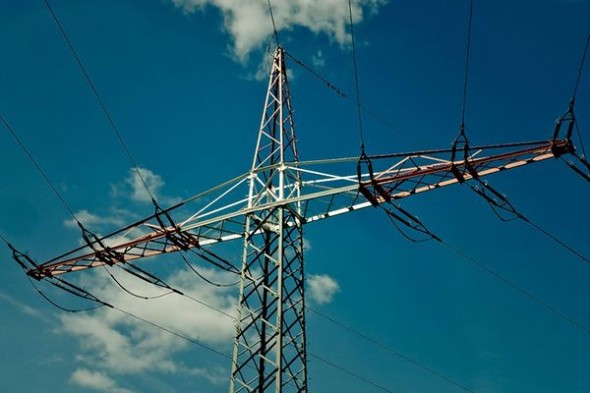Symposium Synopsis: Northwest Power Pool on Regional Resource Adequacy
Posted on October 14, 2019 by Mike Goetz
Tags, Energy, Conference & Events

On October 2, 2019, CUB Economist Sudeshna Pal and I had the pleasure of attending the Northwest Power Pool’s Resource Adequacy Symposium. Aside from being a valuable opportunity to hear from experts about a pressing regional need and network with industry professionals across a wide footprint, the symposium also helped me prepare for the Capacity Realities panel that I will be moderating at the upcoming 2019 CUB Policy Conference.
The Northwest Power Pool, which put on the symposium, is a group of 31 member utilities in the western U.S. and Canada that pool their electricity and engineering expertise to ensure that the region’s power supply is as reliable and efficient as possible. While this has historically included efforts such as cooperating to manage the Columbia River basin dams for the benefit of the system as a whole, a new era is beginning in northwest energy policy that brings its own unique challenges. Perhaps chief among those is how to tackle the complex issues associated with ensuring that our region is resource adequate amidst the ongoing retirement of baseload coal-fired power plants and the proliferation of variable renewable generating resources. In its simplest terms, resource adequacy is a regulatory construct developed to ensure that there will be sufficient resources available to serve electric demand under all conditions.
This resource adequacy conversation was the focus of the October 2 symposium. Speakers and expert panelists hailed from a wide range of backgrounds, including representatives from both consumer and investor-owned utilities, regulators, key stakeholders, and consultants. One resounding message was clear—as a region, we are entering relatively uncharted waters. For the first time since the inception of the robust Columbia River basin hydroelectric system, the demand of our greater regional system may begin to outstrip its generating resources.
Perhaps the key takeaway from the day’s full menu of panels and presentations was an update on the work that representative entities in the Northwest Power Pool are doing to explore what a regional resource adequacy program would look like. Here in the northwest, our energy system is relatively unique. We are one of the last few regions in the country in which the utilities largely operate like islands, constantly seeking to balance the load and resources of their respective service territory footprints. In many other areas such as California, Texas, New England, and the Midwest, utilities pool their resources, which are dispatched through central operators known as independent system operators (ISOs) or regional transmission organizations (RTOs). This centralized dispatch removes some autonomy from individual utilities, but can provide tremendous benefits in enabling each utility to lean on the others for resource needs. The result? Utilities are able to tackle capacity shortages through markets, or as one larger unit, rather than going it alone.
It’s exciting to see that conversation heat up here in the northwest. Although we do not currently have an ISO or RTO, a regional resource adequacy program could offer great benefits by avoiding the building-out of new resources, which would save customers millions. Further, our robust hydroelectric system functions like a set of gigantic batteries, and the dispatachable capacity that hides behind each dam in the hydro reservoir can help integrate renewables and ensure that our utilities do not continue to face shortage events like they have in recent years.
Beyond the utilities here in the U.S., the Northwest Power Pool’s resource adequacy conversation is including giants to the north, like Canadian utility Powerex. Powerex has a wide footprint with a large amount of hydroelectric capacity and energy that it readily sells into markets. By widening the footprint of a regional resource adequacy program, we can unlock new benefits from our region’s considerable resource diversity. Think big hydro projects in British Columbia helping to integrate solar arrays in southern Oregon. With conversations like the Resource Adequacy Symposium starting to occur on a more regular basis, it is not beyond the realm of possibility.
To keep up with CUB, like us on Facebook and follow us on Twitter!




10/11/19 | 0 Comments | Symposium Synopsis: Northwest Power Pool on Regional Resource Adequacy